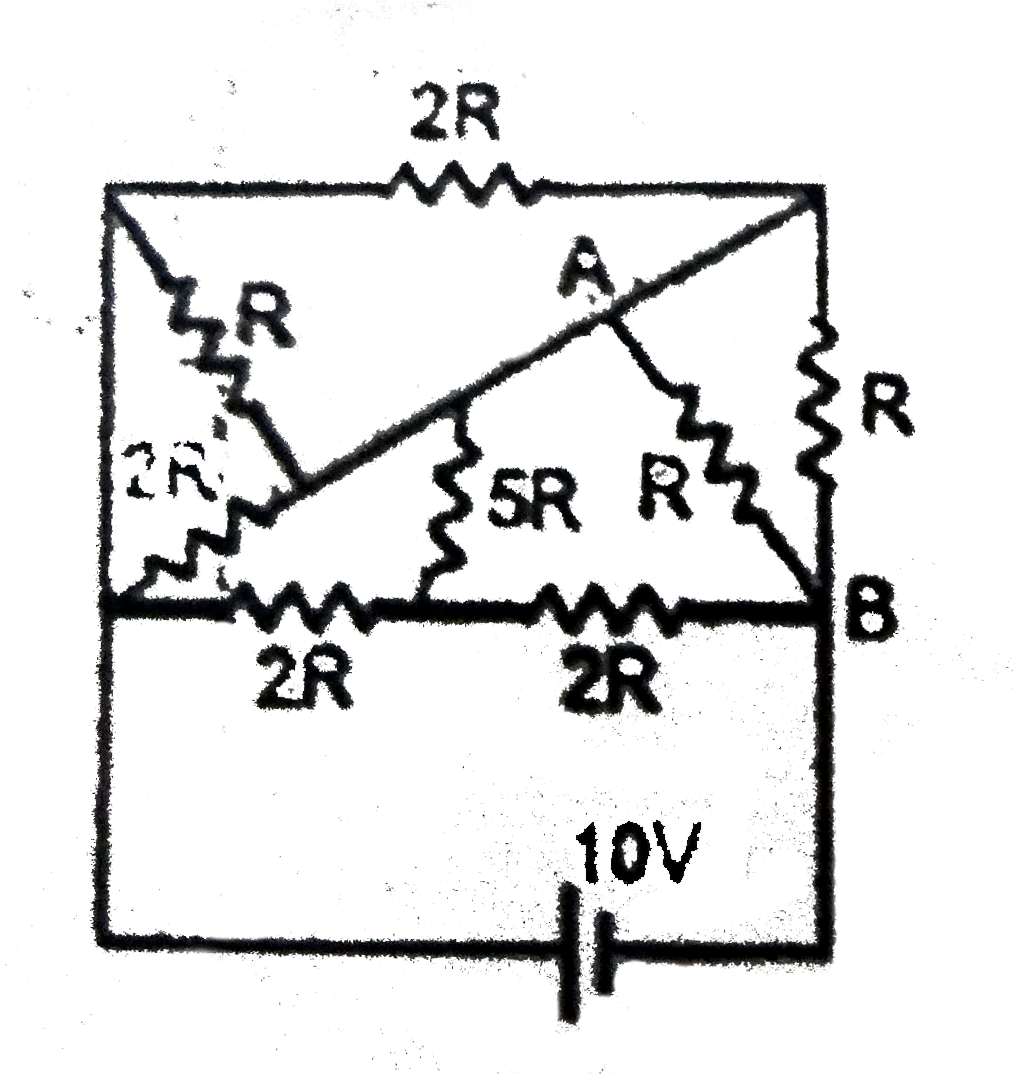Essential difference between electrostatic shielding by a conducting shell and magnetostatic shielding is due to
electrostatic field lines can end on charges and conductors have free charges
lines of B can also end but conductors cannot end them
lines of B cannot end on any material and perfect shieldin g is not possible
shells of high permeability can be used to divert lines of B from the interior region.
Electrostatic shielding is the phenomenon to block the effects of an electric field. The conducting shell can block the effects of an external field on its interanl content or the effect of an internal held on the outside environmen t.
Magnetostatic shielding is done by using an enclosure made of a high permeability magnetic material to prevent a static magnetic field outside the enclosure from reaching objects inside it or to confine a magnetic field within the enclosure.
Topper's Solved these Questions
- BOOK - NCERT EXEMPLAR ENGLISHCHAPTER - ELECTROSTATIC POTENTIAL AND CAPACITANCEEXERCISE - Long Answer Type Question10videos
ELECTROSTATIC POTENTIAL AND CAPACITANCE
- BOOK - NCERT EXEMPLAR ENGLISHCHAPTER - MOVING CHARNGES AND MAGNETISMEXERCISE - Long Answer Type Questions7videos
MOVING CHARNGES AND MAGNETISM
Similar Questions
What are essential differences between annuals, biennials and perennials?
View Solution(a) A charge +Q is placed on a large spherical conducting shell of radius R. Another small conducting sphere of radius r carrying charge 'q' is introduced inside the large shell and is placed at its centre. Find the potential difference between two points, one lying on the sphere and the other on the shell.
(b) How would the charge between the two flow if they are connected by a conducting wire ? Name the device which works on this fact.View Solution
Knowledge Check
- Question 1 - Select One
Which of the following is not showing the essential difference between electrostatic shielding by a conducting shell and magnetostatic shielding?
AElectrostatic field lines can end on charges and conductors have free charges.BMagnetic field lines can end but conductors cannot end them.CLines of magnetic field cannot end on any material and perfect shielding is not possible.DShells of high permeability materials can be used to divert lines of magnetic field from the interior region.
In the following question a statement of assertion (A) is followed by a statement of reason (R )
A: the potential difference between two concentric sphereical shells depends only on the charge of inner shell
R : the electric field in the region in between two shells depedns on the charge of inner shell and electric field is the negative of potential gradient.View SolutionA : The field in a cavity inside a conductor is zero which causes electrosatic shielding.
R : Dielectric constant of conducotrs in electrostatics is infinite.View SolutionWhat is the essential difference between the working of a nuclear reactor and that of a fission bomb?
View SolutionA conducting sphere is enclosed by a hollow conducting shell. Initially the inner sphere has a charge Q while the outer one is uncharged. The potential difference between the two spherical surface is found to be V. later on the outer shell is given a charge -4Q. The new potential difference between the two surfaces is : (A) V (B) −V (C) −2V (D) 2V
View SolutionIn the given electrical circuit, the potential difference between point A and B is (assume the battery is ideal and the conducting wires have almost zero resistance):
 View Solution
View SolutionThe ratio of the areas of cross section of two rods of different materials is 1:2 and the ratio of ther themal conductivities of their mateirals is 4: 3. On keeping equal temperature difference between the ends of theserods, the rate of conduction of heat are equal. The ratio of the lengths of the rods is
View SolutionA charge q is placed at a distance of 2R from the centre of a spherical conducting shell of radius R. What is electrical potential, due to charges induced on the shell, at a point which is farthest from the point charge ?
View Solution

